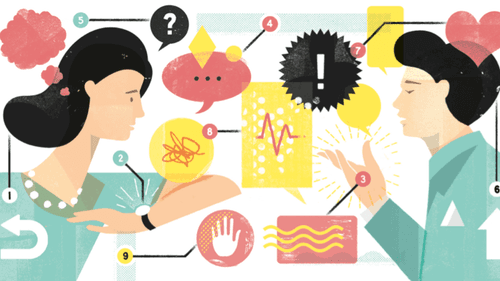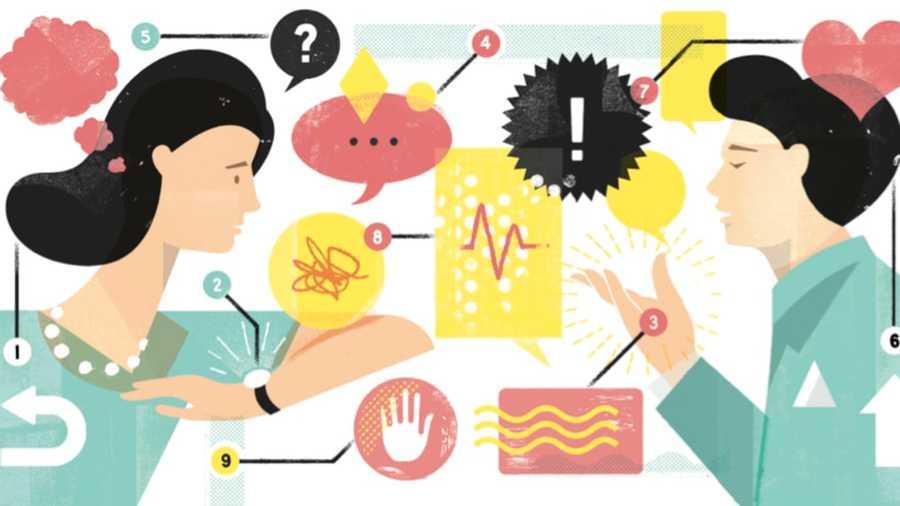Why Do We Gesture When We Talk?
Curated from: mentalfloss.com
Ideas, facts & insights covering these topics:
2 ideas
·602 reads
4
Explore the World's Best Ideas
Join today and uncover 100+ curated journeys from 50+ topics. Unlock access to our mobile app with extensive features.
Gestures and Speech
- Gestures are closely linked to speech.
- People seem to gesture naturally and even blind people who haven't seen anyone gesturing, are able to do so.
- Our words and gestures closely align and give a glimpse of the inner workings of our mind.
37
346 reads
Gestures Aid Thinking
- Just as speech puts our thoughts into words. pir gestures put our thoughts into our hands.
- Gestures aid our thinking and many problem solving tasks are done in a better way through the help of gestures.
25
256 reads
IDEAS CURATED BY
Adaline W.'s ideas are part of this journey:
Learn more about communication with this collection
How to start a successful business
How to build a strong team
How to market your business
Related collections
Similar ideas
4 ideas
6 ideas
5 ideas
Read & Learn
20x Faster
without
deepstash
with
deepstash
with
deepstash
Personalized microlearning
—
100+ Learning Journeys
—
Access to 200,000+ ideas
—
Access to the mobile app
—
Unlimited idea saving
—
—
Unlimited history
—
—
Unlimited listening to ideas
—
—
Downloading & offline access
—
—
Supercharge your mind with one idea per day
Enter your email and spend 1 minute every day to learn something new.
I agree to receive email updates


